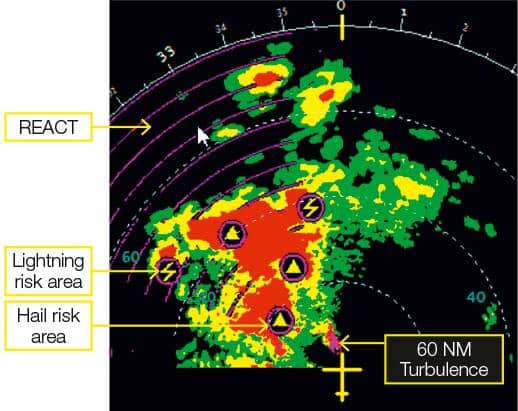We’re going to continue our wind shear series on meteorological topics by discussing how to be recognize the potential for wind shear near an airport. As previously discussed in our first part of Windshear Dangers, this type of weather phenomena can have disastrous effects on aircraft. Other than the obvious dangers of crashing, aircraft can be subjected to undesired low energy states which need to be dealt with in an appropriate manner. When close to the ground, the risk of impact is always high with microbursts. One key skill is to identify and be aware of the potential dangerous conditions which can lead to windshear scenarios.
Airport weather reports and forecast
LLWAS (low level wind shear alert system) consists of a central wind sensor and peripheral wind sensors. It enables controllers to warn pilots of existing or impending windshear conditions. An alert is generated whenever a difference in excess of 15 kts is detected. LLWAS may not detect downburst with a diameter of 2nm or less.
Pilot Reports
PIREPS of windshear in excess of 20 knots or downdraft/updraft of 500ft/min below 1000ft above ground level should draw the attention of the crews.
Visual Observation
Blowing dust, ring of dust, dust devils or any other evidence of strong local air outflow near the surface often are indication of potential or existing wind shear.
On-board Wind Component and GS Monitoring
On approach, a comparison of the headwind or tailwind component and the surface headwind or tailwind component indicates the potential and likely degree of vertical wind shear. This monitoring increases situational awareness.
Weather Radar
The weather radar indicates the hazardous regions, those regions are at a high risk of wind shear.

Recognition
Timely recognition of windshear condition is vital for the successful implementation of the wind shear recover/escape procedure. The following deviations should be considered as indications of a possible wind shear condition:
- Indicated airspeed variations in excess of 15 kts
- Ground speed variations
- Analog wind indication variation; Direction and speed
- Vertical speed excursions of 500ft/min
- Pitch attitude excursions of 5 degrees
- Glide slope deviation of 1 dot
- Heading variations of 10 degrees
- Unusual power lever position
More information on windshear will be provided in Part 3 later on, and in Doug Morris‘s book called Canadian Aviation Weather.


